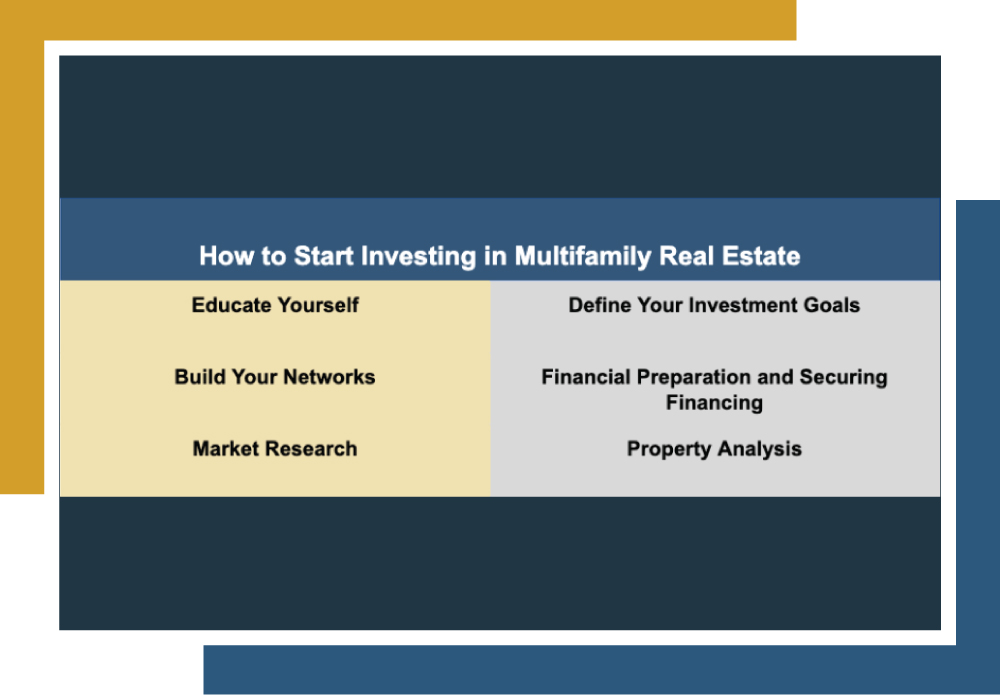The old axiom that nothing in life is guaranteed other than “death and taxes” typically rings true. Nevertheless, a growing number of real estate investors are discovering that the certainty of taxes on specific transactions may not be as guaranteed as previously believed.
Utilizing the 1031 exchange, investors can defer taxes on investment property sales by reinvesting proceeds. While this process usually involves strict rules, the reverse 1031 exchange offers flexibility. In this article, I’ll explore reverse 1031 exchange rules and compare them with traditional 1031 exchanges.
Reverse 1031 Exchange Rules
Investors favor 1031 exchanges for their tax benefits, allowing them to reinvest sale proceeds in new properties, preserving capital. Yet, these exchanges entail complexity and timelines, with the IRS offering slight flexibility in acquiring replacements.
In a standard exchange, the original property sells first; then, a replacement is acquired within set limits. In contrast, a reverse 1031 exchange involves acquiring the replacement property first, then selling the original and completing the exchange with the proceeds.
Reverse 1031 exchanges are a unique way in which the IRS affords investors a bit of flexibility in approaching 1031 exchanges. However, investors must still be aware of the specific reverse 1031 exchange rules they are beholden to.
Reverse 1031 Exchange Rules Investors Need to Know | |
| Just like with a 1031 exchange, investors need to use a QI to facilitate the exchange. QIs play a role in maintaining the transaction’s structure and ensuring it complies with IRS regulations. |
| In a reverse 1031 exchange, an EAT typically acts as a temporary owner of the replacement property, acquiring and holding the title to the replacement property until the exchange is completed. |
| The identification period for the original property starts after acquiring the replacement property, mirroring a traditional 1031 exchange. The investor must identify the original property within the 45-day identification period, starting from the say they acquired the replacement property. |
| The exchange period begins from the day the replacement property is acquired. The investor has 180 days from this date to complete the exchange, including the sale of the original property and transfer of ownership of the replacement property from the EAT to the investor. |
| Financing the acquisition of the replacement property can be more complex in a reverse 1031 exchange. This financing is due to traditional lenders hesitating to lend directly to an EAT. |
| The original property must be sold within the exchange period–180 days after acquiring the replacement property. The sales proceeds from the original property must be used to complete the exchange by acquiring the replacement property from the EAT. |
| The exchange is reported on IRS Form 8824, similar to a standard 1031 exchange. However, additional documentation and careful adherence to IRS guidelines are necessary due to the reverse nature of the exchange. |
| It’s crucial to ensure that the reverse exchange complies with all IRS regulations, including those related to identification periods, exchange periods, and like-kind property requirements. |
| Due to the reverse 1031 exchange’s complexity and potential pitfalls, investors should seek advice from qualified tax professionals, attorneys, and real estate advisors to navigate the process successfully. |
Benefits of a Reverse 1031 Exchange
1031 exchanges are typically very restrictive in their application, contrasting the flexibility they afford investors in retaining capital and acquiring new and varied property types. However, the existence of the reverse 1031 exchange is one of the few ways the IRS allows some flexibility within the process itself.
They also allow investors to enjoy a few unique advantages they may not experience with a traditional 1031 exchange.
- Enhanced Flexibility: With the ability to acquire a replacement property upfront, investors enjoy greater flexibility in taking advantage of 1031 exchanges.
- Risk Mitigation: By securing the replacement property before relinquishing the original property, investors can potentially mitigate the risk of market fluctuations affecting their exchange outcomes.
- Strategic Advantage: Leveraging the reverse exchange empowers investors to execute complex transactions precisely, unlocking the potential for portfolio growth and diversification.
It should be noted that these advantages are not universal and that all investment strategies carry some level of risk. Investors should consult a tax professional or financial advisor before committing to a new investment strategy.
Canyon View Capital Offers 1031 Exchange Investment Options for Investors
Now that you understand reverse 1031 exchange rules better, you will likely be considering your next investment move.
Canyon View Capital simplifies 1031 exchanges, including reverse exchanges, for investors. Invest in one or more of our multifamily properties as Tenants in Common to enjoy the benefits of real estate investing–with genuinely passive income–without property management headaches. With diverse replacement property options, we streamline 1031 exchanges, easing identification requirements.
Ready to upgrade your portfolio with diversified, stable investments?
For over 40 years, Canyon View Capital has managed, owned, and operated real estate, now valued at over $1B1. Our buy-and-hold strategy, concentrated in America’s heartland, is designed to provide consistent investment returns.
Want to learn more about reverse 1031 exchange rules? Reach out today!
Gary Rauscher, President
When Gary joined CVC in 2007, he brought more than a decade of in-depth accounting and tax experience, first as a CPA, and later as the CFO for a venture capital fund. As President, Gary manages all property refinances, acquisitions, and dispositions. He works directly with banks, brokers, attorneys, and lenders to ensure a successful close for each CVC property. His knowledge of our funds’ complexity makes him a respected executive sounding board and an invaluable financial advisor.


